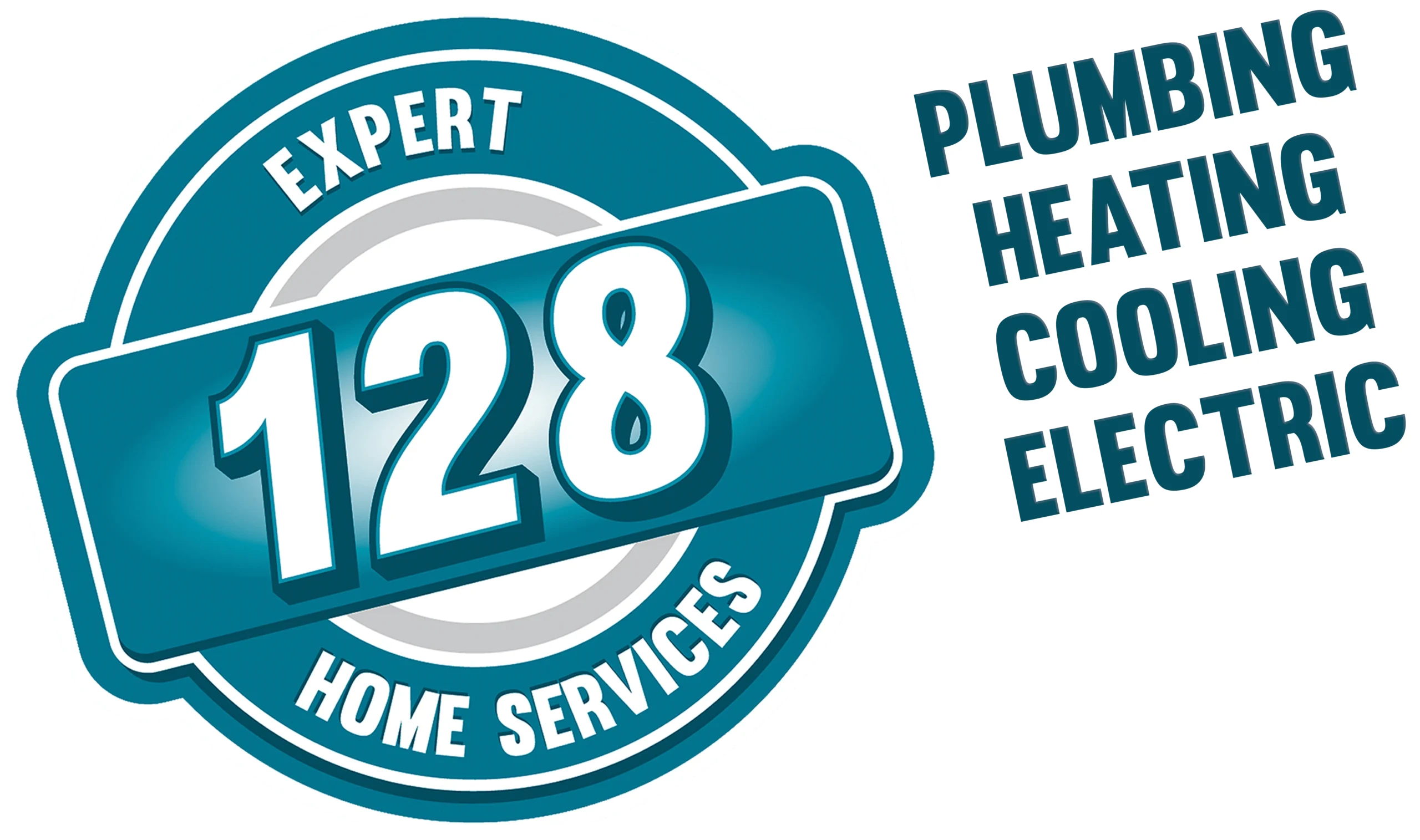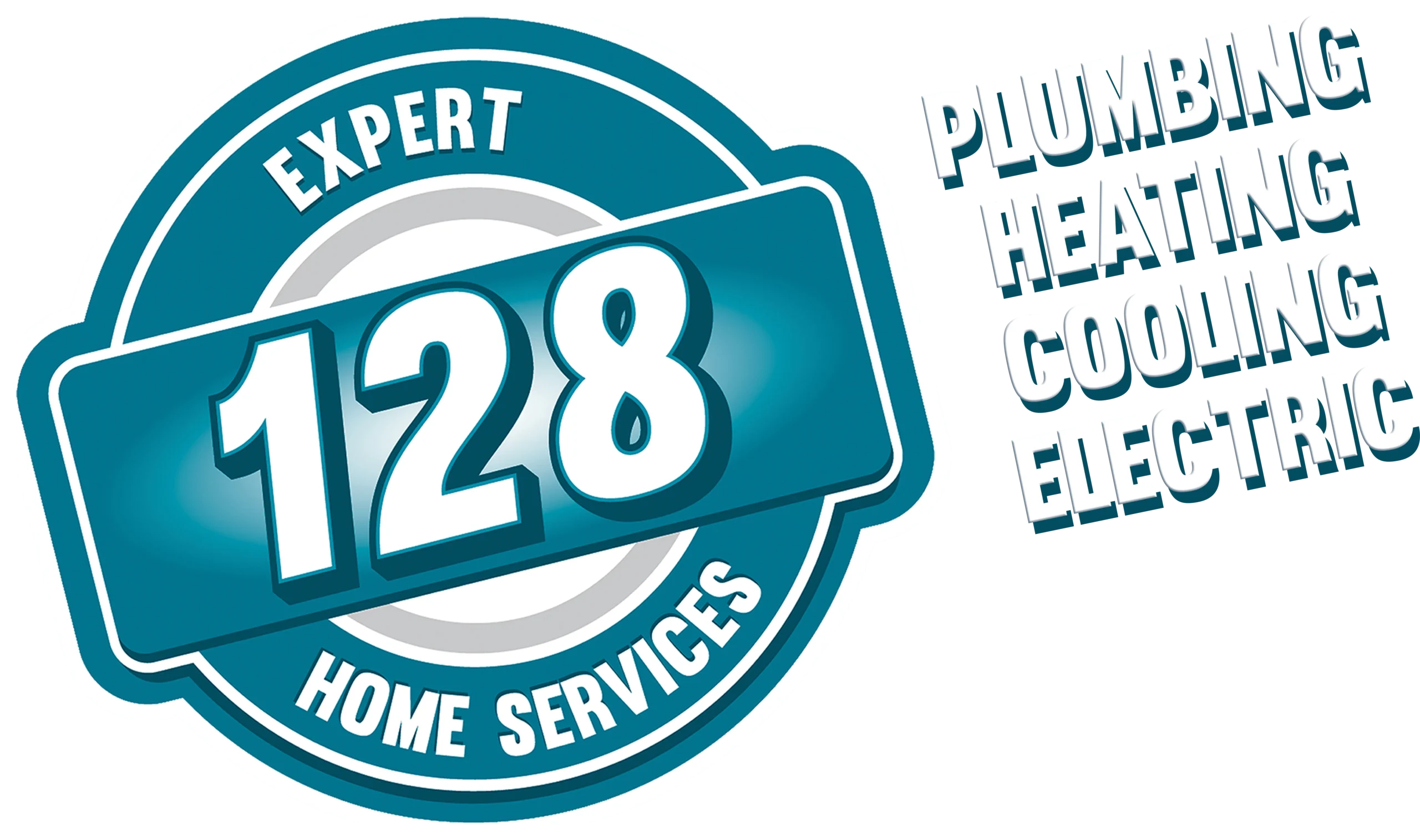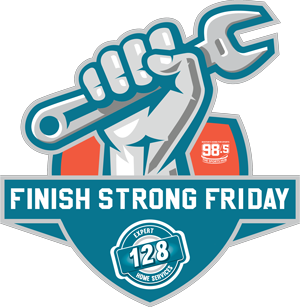Has your furnace got a few years on it? Maybe more than a few? Dealing with the possibility of a furnace replacement can be tricky—obviously no one wants to risk a furnace breakdown, but on the other hand everyone wants to maximize their furnace investment.
At 128 Plumbing, we can help with this balancing act. We’ve installed, maintained and replaced thousands of furnaces, from shiny new ones to aging furnaces that have delivered years of service.
There are definitely some signs to look for when you’re considering a replacement, and there are cost factors related to age and the warranty that you need to consider as well. Given all those factors, it’s worth doing a deeper dive into the decision process.
Furnace Age is Relative, But How Much?
First, let’s do a breakdown of the issues that you should be considering relative to your furnace’s age. They’re slightly different, but they can be very important.
We’ll start with a five-year old furnace. If you’re having problems with a relatively young furnace, it’s definitely not a good feeling to have problems surfacing when you hit the five-year mark.
You may want to replace it if it’s giving you problems, but it’s important to consider the warranty issues as well. Many furnaces come with a 10-year warranty, which means that most repairs for a younger will be covered under warranty, which may make it worthwhile to deal with the repairs if money is an issue.
When it comes to that aggravation, though, the real question is how much is too much? That’s an individual decision to some extent, but it’s definitely worth your while to call 128 Plumbing and have us be part of the decision process.
Why? Because we can tell you some things you might not know about. Maybe you’ve got a furnace brand with a questionable reputation, or maybe there are repair issues related to certain parts that we may be able to help you circumvent or mitigate.
We can also schedule you for a service call to have your heating system as a whole analyzed, and that, too, can make the repair or replace decision easier.
Once your furnace hits the decade mark, the decision parameters change considerably. For starters, your warranty has probably expired, so those repairs you may be paying for will likely no longer be covered.
You may also start to notice that you’re less comfortable when it gets cold. If you’re setting your older furnace at a higher temperature and it’s struggling to get to your desired setting, you’re going to pay a hidden lifestyle cost that comes with the lack of comfort, especially if you work at home or have a partner or family member who does.
In addition, there are safety and cost issues that come into play after your furnace is more than ten years old. Efficiency is definitely one—your furnace will automatically become less efficient, and your energy bills will go up as a result.
Your older furnace will also start to be less safe as it ages to that degree, too. That may be the best reason of all to consider a replacement, and if you’re experiencing issues related to furnace safety you should definitely call us.
We can do an evaluation that will give you a much better idea about the state of your furnace, and once again this will make your repair or replace decision much easier.
The Benefits of Replacing Your Furnace
Now let’s talk about new furnaces and the benefits you’ll get if you replace an older unit. It may be to prioritize these benefits when you’re paying to get a new furnace, but rest assured that you’ll quickly recoup that cost over time.
Why? Because today’s furnaces are much better built and far more efficient. That statement isn’t speculative, either—it’s backed up by some specific numbers related to furnace efficiency.
Specifically, we’re talking about the AFUE rating of your furnace. AFUE stands for Annualized Fuel Utilization Efficiency, and the evaluation process to produce this number is designed to make sure you get what you pay for when it comes to furnace performance.
Thankfully, it’s not as complicated as it sounds. The AFUE number of your furnace is simply ratio of the percentage of heat produced by the boiler for every dollar you spend on fuel.
Most modern, mid-efficiency furnaces have an AFUE rating of about 85 percent, and some homeowners pay extra to get units with efficiency rating of 95 percent.
To compare and contrast, the AFUE for an older furnace drops from 20-22 percent, which means your 20-year old unit is going to be capable of 80 percent, tops.
There’s another factor to consider as well. The government mandates a minimum AFUE of at least 78 percent, so hanging on to your 20-year old furnace puts you at risk of falling below an established standard, which is never a good thing to do when it comes to a codified standard.
The good news about the replacement decision is that it’s relatively simple when it comes to the AFUE.
Nearly all modern furnaces are rated with an AFUE of at least 85 percent, so the only decision you’ll have to make is whether you want to go above and beyond that number and pay more for a high-efficiency furnace.
We can help you with that part of the decision, too. To some degree, the decision to go with a high-efficiency furnace depends on the age of your home, the condition of your duct work, and the size and layout of the space you’re trying to heat.
We can tell you if it’s a good idea to do an immediate replacement, and we can also lay out all the cost/benefit factors when it comes to how long it will take for you to recoup your investment.
Make the Repair vs Replace Decision
The decision to repair or replace your furnace is an important one, so it’s important to get us involved right away. To make that happen, call us at (888) 419-4233 (781) 670-3261. We’ll ask you some questions and set you up for an evaluation, then help you make the call that best suits your needs.
In addition, you can go to 128Plumbing.com and start a live chat, and we have some great blogs and articles there to help educate you about your furnace, how it works, and what you need to do to keep it running at peak efficiency.


